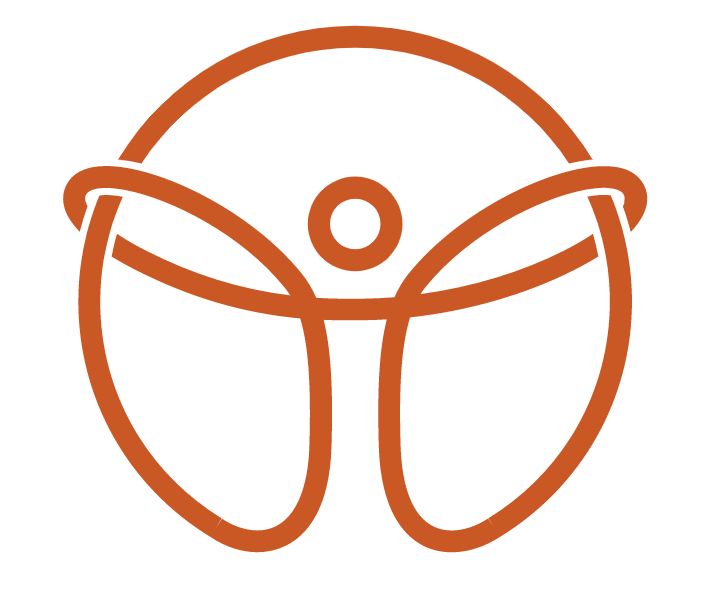Speed Up Your Golf Recovery with Self-Myofascial Release: Foam Rolling Essentials
Golf, with its repetitive movements and specific postures, can lead to muscle tightness and discomfort. Speeding up recovery and preventing injury are crucial for maintaining performance and enjoyment of the game. One highly effective method is self-myofascial release (SMR) using foam rollers and trigger point balls. At MVMT STL, we advocate for SMR to help our clients enhance their recovery process and keep their bodies in peak condition.
What is Self-Myofascial Release?
Self-myofascial release involves applying pressure to muscle knots, or trigger points, to release tension and improve blood flow. Foam rollers and trigger point balls are common tools for this practice. These tools help to break down adhesions and scar tissue, improving flexibility and promoting faster recovery.
Benefits of Foam Rolling for Golfers
Enhanced Flexibility and Range of Motion: Regular foam rolling helps to maintain and improve muscle elasticity, which is crucial for the dynamic movements in golf.
Reduced Muscle Soreness: By promoting blood flow and nutrient delivery to muscles, foam rolling can significantly reduce post-exercise soreness.
Improved Recovery Time: Faster recovery means less downtime between rounds, allowing for more consistent practice and play.
Injury Prevention: Regularly addressing tight spots and imbalances can prevent overuse injuries common in golfers, such as tendinitis and lower back pain.
How to Perform Foam Rolling
Plantar FasciaPositioning: Sit on a chair and place a trigger point ball or a small foam roller under the arch of your foot.
Rolling: Gently press down and roll your foot back and forth over the ball, from the heel to the toes.
Duration: Spend 1-2 minutes on each foot, focusing on areas that feel particularly tight or tender.
Calf MusclesPositioning: Sit on the floor with your legs extended. Place a foam roller under your calves.
Rolling: Lift your body slightly off the ground and roll from your ankles to just below your knees. To increase pressure, cross one leg over the other.
Duration: Roll each calf for about 1-2 minutes, pausing on tight spots for an additional 15-30 seconds.
IT BandPositioning: Lie on your side with the foam roller placed just below your hip. Support your upper body with your forearm and place the top leg in front for balance.
Rolling: Slowly roll down the outer thigh towards your knee. If you find a tender spot, hold the position for 15-30 seconds.
Duration: Roll each IT band for 1-2 minutes, adjusting your body to apply the desired amount of pressure.
Tips for Effective Foam Rolling
Go Slow: Move slowly over the muscle to allow enough time for the tissue to respond to the pressure.
Breathe: Deep, steady breathing helps relax the muscles and increase the effectiveness of the release.
Consistency: Incorporate foam rolling into your regular routine, especially after rounds of golf, to maintain muscle health and flexibility.
Incorporating self-myofascial release into your post-golf routine can significantly enhance your recovery, flexibility, and overall performance. At MVMT STL, we believe in proactive and preventative care to keep our clients at their best. By using foam rollers and trigger point balls, you can address muscle tightness and promote faster recovery, ensuring you’re ready for your next round. Embrace the benefits of foam rolling and experience the positive impact on your golf game and overall well-being.

